Boxing is a celebration of the lost religion of masculinity all the more trenchant for its being lost
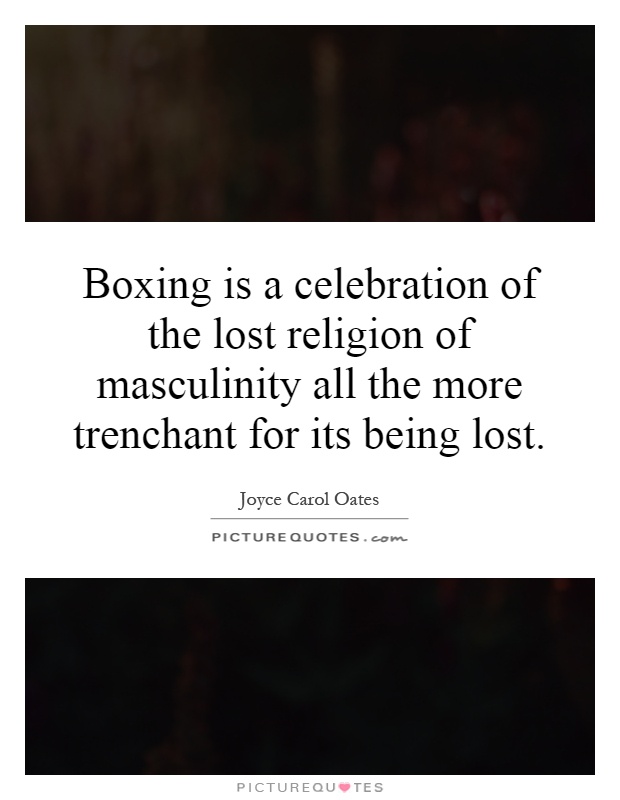
Boxing is a celebration of the lost religion of masculinity all the more trenchant for its being lost
Joyce Carol Oates, a prolific writer known for her exploration of complex themes and characters, has often delved into the world of boxing in her works. In her essay "On Boxing," Oates delves into the idea that boxing is a celebration of the lost religion of masculinity, a concept that is all the more poignant for its being lost in modern society.Oates argues that boxing, with its emphasis on physical strength, endurance, and courage, embodies traditional notions of masculinity that have been eroded in contemporary culture. In a world where gender roles are increasingly fluid and traditional ideas of masculinity are often viewed with suspicion, boxing stands out as a last bastion of a bygone era. The sport celebrates qualities such as aggression, competitiveness, and physical prowess that are often associated with traditional masculinity, making it a powerful symbol of a lost ideal.
Furthermore, Oates suggests that the ritualized violence of boxing serves as a form of catharsis for men who feel emasculated or marginalized in modern society. In the controlled environment of the boxing ring, men are able to channel their aggression and assert their masculinity in a way that is socially sanctioned. The physicality of the sport allows men to prove their strength and resilience, reaffirming their sense of self-worth and identity in a world that often devalues traditional masculine virtues.
However, Oates also acknowledges the darker side of boxing, highlighting the brutality and exploitation that often accompany the sport. The physical toll of boxing, with its risk of brain damage and long-term health consequences, raises troubling questions about the ethics of a sport that glorifies violence and aggression. Oates grapples with the tension between the celebration of masculinity in boxing and the human cost of that celebration, ultimately leaving the reader to ponder the complex interplay of gender, violence, and identity in the world of boxing.
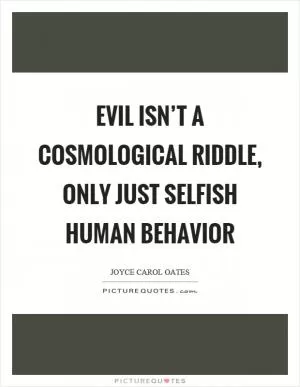
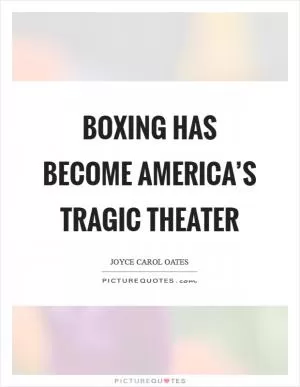

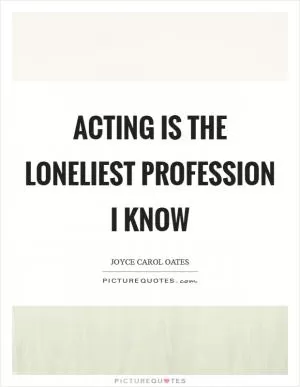
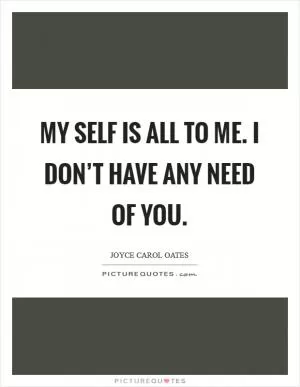


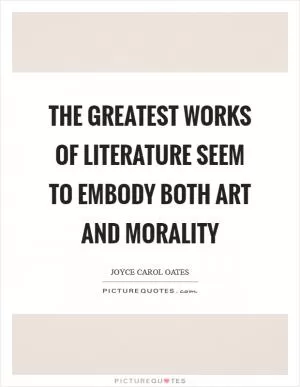
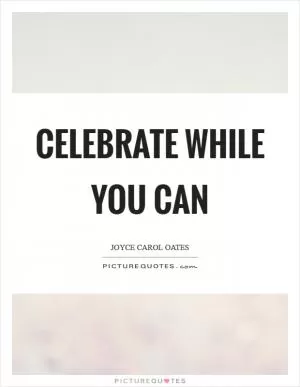

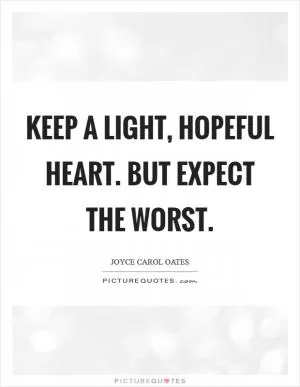
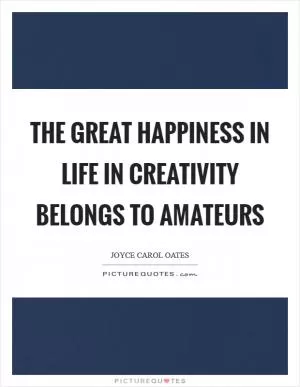
 Friendship Quotes
Friendship Quotes Love Quotes
Love Quotes Life Quotes
Life Quotes Funny Quotes
Funny Quotes Motivational Quotes
Motivational Quotes Inspirational Quotes
Inspirational Quotes